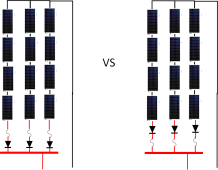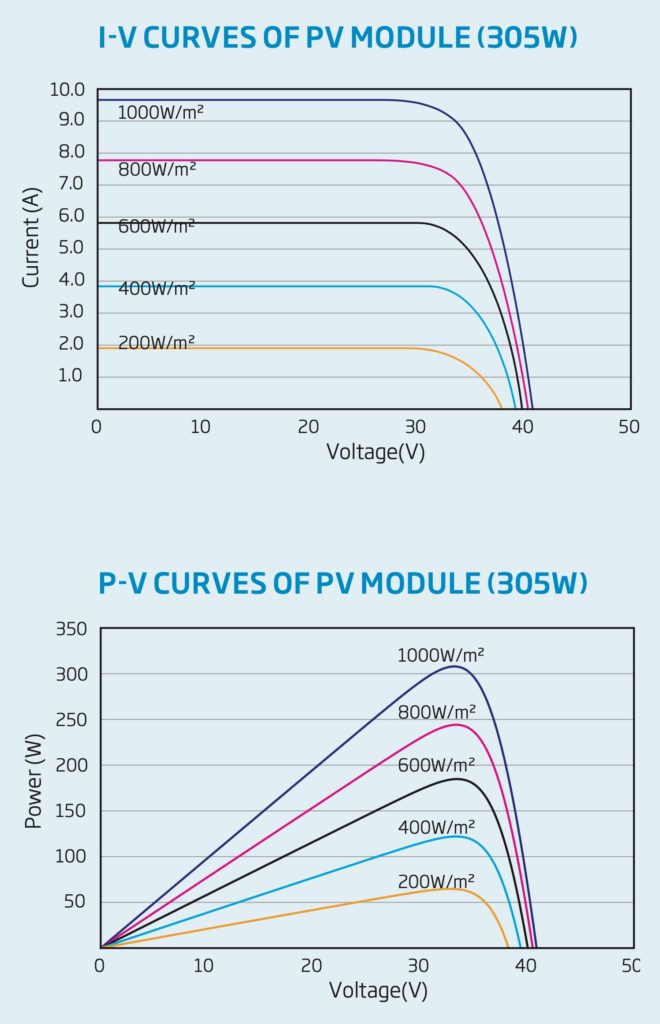Reverse current protection diodes are rarely (basically never) needed.
There are mixed opinions on this.
I think the reality is that there can be small to moderate benefits to blocking diodes in some situations.
Let's do a thought experiment with the two extreme conditions:
Case 1: Best Case) All the panels are in full sun and at the same angle to the sun.
In this case, the different voltages between the strings would be minimal and there would be no backflow from one string to another. In this case blocking diodes are of no real value. (In fact, they can be counterproductive. See below)
Case 2: Worst Case) One string is in full sun with no shade but the the other strings are in pitch black.
In this case, the blacked-out strings will have no voltage and the other string will drive reverse current into it. This would waste a lot of energy. In this case, blocking diodes would prevent the energy loss
In reality case 2 would never happen. All of the strings would have some amount of light so the real-life worst case would be something between the two cases. If one string is in the shade, the current may be low, but what little sun it is getting will drive it along the I-V curve to a relatively high voltage, helping prevent back-current. If the shading is not very bad, there would probably be little or no back current. However, I suspect that if you have a situation where some of the strings get into deep shade there may be a small or moderate advantage, but I have never tried to test this situation enough to quantify it.
What complicates the equation even more is that blocking diodes will have a voltage drop.....and this represents an energy loss even if all the panels are fully illuminated. Consequently, the gain of the blocking diodes would have to be enough to counter the loss of energy going through the blocking diodes. For case 1 above, diodes would be counterproductive. For a situation closer to case 2 they may be useful.
As I said, I can not quantify it, but I suspect that blocking diodes in most cases are not particularly useful but may be useful in certain extreme shading cases.
BTW: In the early days of solar, a '12V panel' would be hooked directly to the battery without an intervening charge controller. In this case, a blocking diode was an absolute must because at night the battery would drive reverse current through the panel. With a modern charge controller, this can't happen.






